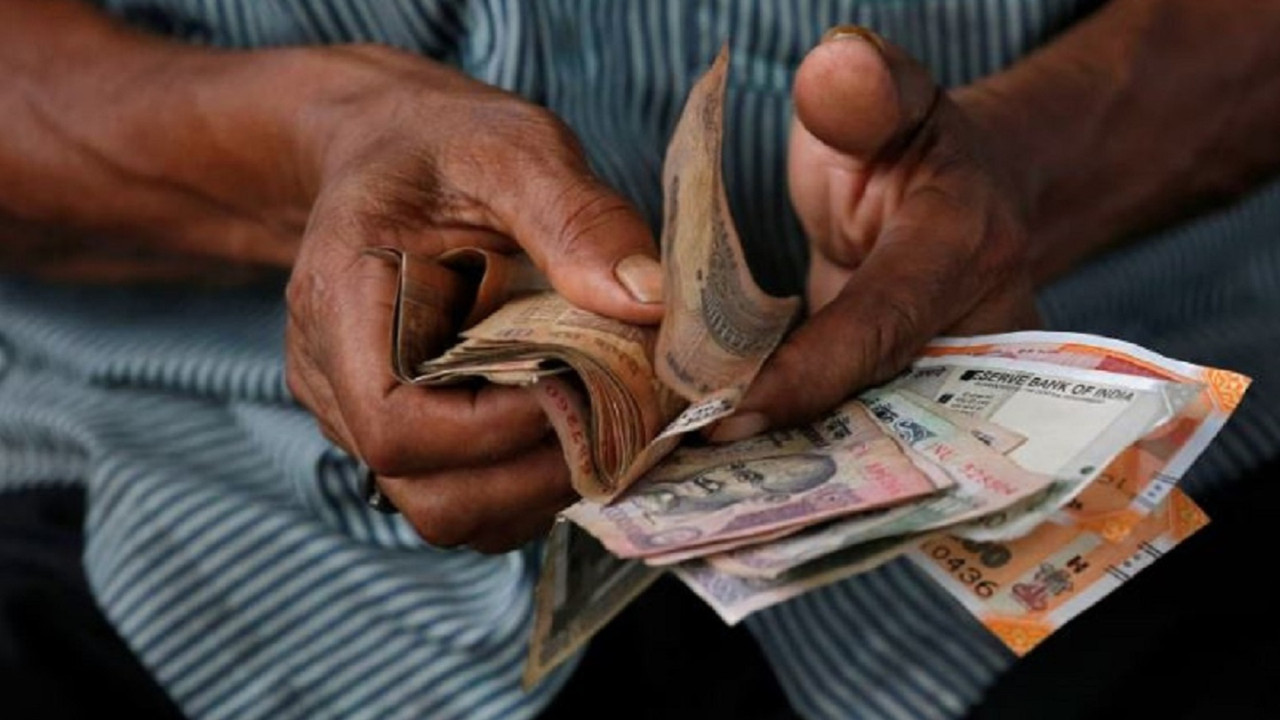BofA Securities anticipates Nifty 50 fluctuations, projecting a year-end target of 25,000 amidst uncertainties like potential US trade tariffs and a shaky US economic outlook. While S&P Global Ratings upgraded India’s sovereign credit rating, the brokerage expects Nifty earnings to grow moderately, with markets potentially facing short-term corrections.
Navigating the Nifty: Will Macro Winds Push it Past 25,000, or Trigger a Fall?
The Indian stock market, like a seasoned sailor, is currently navigating choppy waters. While the Nifty 50 has displayed remarkable resilience, a recent report suggests we could be in for a period of significant volatility. Prepare for potential swings! Could we see a euphoric climb towards 25,000, or are we braced for a sharper-than-expected correction? The answer, it appears, hinges largely on global macroeconomic factors and how India weathers the storm.
Forget predictable, smooth sailing; the forecast points to a bumpy ride.
Understanding the Potential Swings in the Nifty
The report highlights a potential fluctuation of 1-4% around the 25,000 mark. That’s a significant range, underscoring the uncertainty gripping the market. What’s fueling this potential rollercoaster? Primarily, anxieties surrounding global economic growth, inflation, and interest rate policies. These aren’t abstract concepts; they directly impact corporate earnings, investor sentiment, and ultimately, the direction of the Nifty.
Imagine the Nifty as a highly sensitive instrument, reacting to every shift in the economic atmosphere. A positive surprise in corporate earnings could send it soaring, while a sudden spike in inflation could trigger a sell-off. This sensitivity makes understanding these macroeconomic drivers crucial for anyone with a stake in the Indian stock market.

The Macroeconomic Headwinds
Several global factors are contributing to the current market jitters. The possibility of a recession in major economies looms large, casting a shadow over global demand. Persistently high inflation in many countries is forcing central banks to maintain, or even increase, interest rates, which can dampen economic activity and reduce the appeal of equities.
These headwinds aren’t isolated events; they’re interconnected and create a complex web of uncertainty. For instance, a slowdown in China, a major consumer of raw materials, could impact commodity prices, affecting the profitability of Indian companies in related sectors. Similarly, higher interest rates in the US could lead to capital outflows from India, putting pressure on the rupee and potentially impacting stock valuations.
India’s Relative Strength and Vulnerabilities
While global uncertainty is undeniable, India’s economic fundamentals remain relatively robust. The country’s domestic demand is strong, fueled by a growing middle class and increasing urbanization. Government spending on infrastructure is also providing a boost to various sectors. Furthermore, India’s strong demographic dividend and its growing digital economy offer long-term growth potential.
However, India isn’t entirely immune to global shocks. A significant global slowdown could still impact Indian exports and investment. Furthermore, high oil prices and a weakening rupee could exacerbate inflationary pressures. The key lies in India’s ability to manage these vulnerabilities and leverage its strengths to navigate the turbulent global landscape. Read more about India’s economic outlook and investment strategies.
Decoding the 25,000 Mark: A Psychological Barrier
The 25,000 level for the Nifty isn’t just a number; it’s a significant psychological barrier. Breaching it could trigger a wave of bullish sentiment, potentially leading to further gains. However, failure to sustain above this level could lead to disappointment and a subsequent correction.
The market’s reaction to this level will likely be influenced by a combination of factors, including investor sentiment, global cues, and the flow of funds. A positive surprise on the earnings front or a favorable policy announcement could provide the necessary impetus to push the Nifty past this key milestone.
Preparing for Potential Volatility in Nifty Performance
Given the prevailing uncertainty, a cautious approach is advisable. Diversifying your portfolio across different asset classes can help mitigate risk. It’s also important to stay informed about global macroeconomic developments and their potential impact on the Indian stock market. Consider consulting with a financial advisor to develop a personalized investment strategy that aligns with your risk tolerance and financial goals.
Don’t panic sell during market dips. Instead, view corrections as potential buying opportunities, especially for fundamentally strong companies. Remember, long-term investing requires patience and discipline.
The future trajectory of the Nifty remains uncertain, heavily influenced by external macroeconomic forces. While India possesses underlying economic strengths, it is not entirely shielded from global headwinds. Prudent navigation, informed decision-making, and a long-term investment perspective are crucial for weathering the potential volatility and capitalizing on opportunities that may arise. Whether the Nifty surges past 25,000 or experiences a correction, being prepared is the best strategy.







